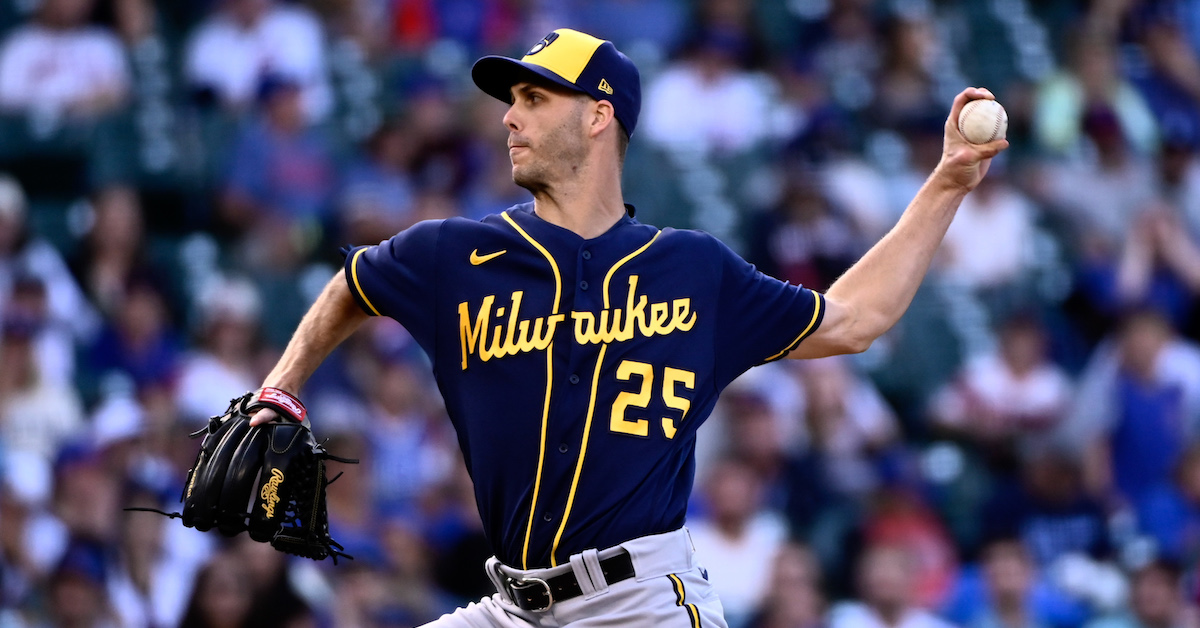The Fallout from the Hader Trade Has Been Just One of the Brewers’ Problems

While Josh Hader’s post-trade meltdowns have gotten more attention, the rest of the Padres’ bullpen has generally pitched well in August, and despite a modest 15-13 record this month, the team is still holding onto a Wild Card position. Meanwhile, the Brewers, who received 2021 All-Star Taylor Rogers and three other players in the deal, have fared worse since the swap, not only with regards to their remade bullpen but also in other areas, and right now, they’re the ones outside the playoff picture.
I dug into Hader’s ongoing woes and the Padres’ side of things on Tuesday while doing a fly-by on the Brewers. To recap, in exchange for the 28-year-old Hader — who has a year of arbitration eligibility remaining and figured to get a raise to something in the neighborhood of $15 million — they received the 31-year-old Rogers (a pending free agent), 30-year-old righty Dinelson Lamet (designated for assignment before even throwing a pitch), 23-year-old lefty prospect Robert Gasser (then at High-A, and promoted from Double-A to Triple-A this week), and 23-year-old outfielder Esteury Ruiz (then on the Padres’ roster, now back in Triple-A).
At the time of the trade, the Brewers were 57-45, three games ahead of the Cardinals (54-48) in the NL Central race, and with the league’s fourth-best record behind the Dodgers (68-33), Mets (64-37) and Braves (62-41). Since then, they’ve gone just 11-15, which might not be such a big deal if the Cardinals hadn’t gone 21-7 over the same stretch, producing a nine-game swing in the division standings. Meanwhile, the Braves (17-10), Phillies (17-11) and Padres have all outdone the Brewers, leaving Milwaukee 2.5 games out of the third NL Wild Card spot. Here’s an updated look at the impact on their Playoff Odds:
| Date | W | L | Win% | GB | Win Div | Bye | WC | Playoffs | WS |
|---|---|---|---|---|---|---|---|---|---|
| Through July 31 | 57 | 45 | .559 | +3 | 80.3% | 3.9% | 9.4% | 89.6% | 5.2% |
| Through August 30 | 68 | 60 | .531 | 6 | 8.4% | 0.0% | 35.6% | 44.0% | 1.9% |
| Change | 11 | 15 | .423 | 9 | -71.9% | -3.9% | +26.2% | -45.6% | -3.3% |






